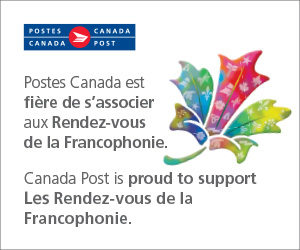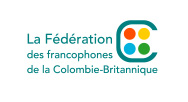Nothing says tradition like the holidays – lavish table spreads, gaggles of giggling children, piles of presents under the glittering tree, best-dressed relatives and guests. Take off your boots at the door, throw the coats on grandma’s bed and let the festivities begin!
For weeks, the Christmas cards coming in the mail prepare us for the loving embraces and cheerful gatherings to come.
Day after day we’re delighted by their arrival, gingerly weighing the colourful envelopes and anticipating the warm wishes they contain.
Even the postage stamps are festive: chubby cherubs, sweet snowmen, and grinning gingerbread cookies embellish the envelopes we savour unsealing.
Inside, a brightly coloured card on fine paper decked in glitter and gold.
And just like that a loved one is close. The one you’ve missed so much or perhaps someone you lost track of.
Slowly tracing the elegant lines of cursive, as if touching the hand of the person who penned them. Beyond the words, beyond the message, and despite the distance, you feel the person – first in your mind and then in your heart.
Gradually the fireplace mantel fills with these lovely cards, like welcoming guests before the real guests arrive. And it all comes to life.
A physical way to counter digital isolation?
Holiday cards were first introduced in 1843 from two groundbreaking technologies: lithography in the early 1800s and the postage stamp in 1840. With the advent of the Internet, it was predicted that Christmas cards would disappear, like so many other things. But despite ever-increasing bandwidth, faster computers, social media platforms, this charming tradition lives on.
Case in point: one major greeting card maker says Christmas is still its peak season for sales.
And according to a 2018 article in The Atlantic, a study by the Greeting Card Association found that Christmas cards account for 28% of annual greeting card sales.
While Canada Post can’t say exactly how many holiday cards get mailed every year, some evidence suggests that this fine tradition is holding up against the automated virtual world.
We know, for example, that the first three weeks of December are the annual peak in the Lettermail category. And Canada Post’s Christmas and holiday stamp issues are among the most popular year after year.
In addition, the pandemic fatigue seems to have amplified our need to reconnect in tangible ways – even from a distance.
Which may explain why in 2020 (our first Christmas on lockdown), Christmas and holiday stamp sales combined were 60% (!) higher than in 2019. A trend that only continued in 2021, with sales 38% higher than in 2019.
A digital generation yearning to reconnect with people
According to the same article cited above, Millennials represent nearly 20% of the major greeting card company’s customer base. And 72% of millennials enjoy giving cards, while 82% enjoy receiving them.
Tired of connecting online, suffocated by social media, this generation seems to be returning to the values – and traditions – of the past. They are rediscovering the pleasure of the physical, the tangible. They’re also talented content creators who scour Pinterest, Etsy, and the like for inspiration to design their own Christmas cards – sometimes hilarious.
Taking the time to write a personal note sends a caring message. After all, a handwritten holiday card will always be more touching, more personal than a virtual card of animated reindeer singing Christmas carols in falsetto.
Happiness is receiving holiday wishes from loved ones – a simple gesture and the joys of the season.
Want a peek at holiday traditions past? Check out our magazine for photos of the most stunning holiday stamps issued since 1960.
Our best wishes,
Canada Post



































